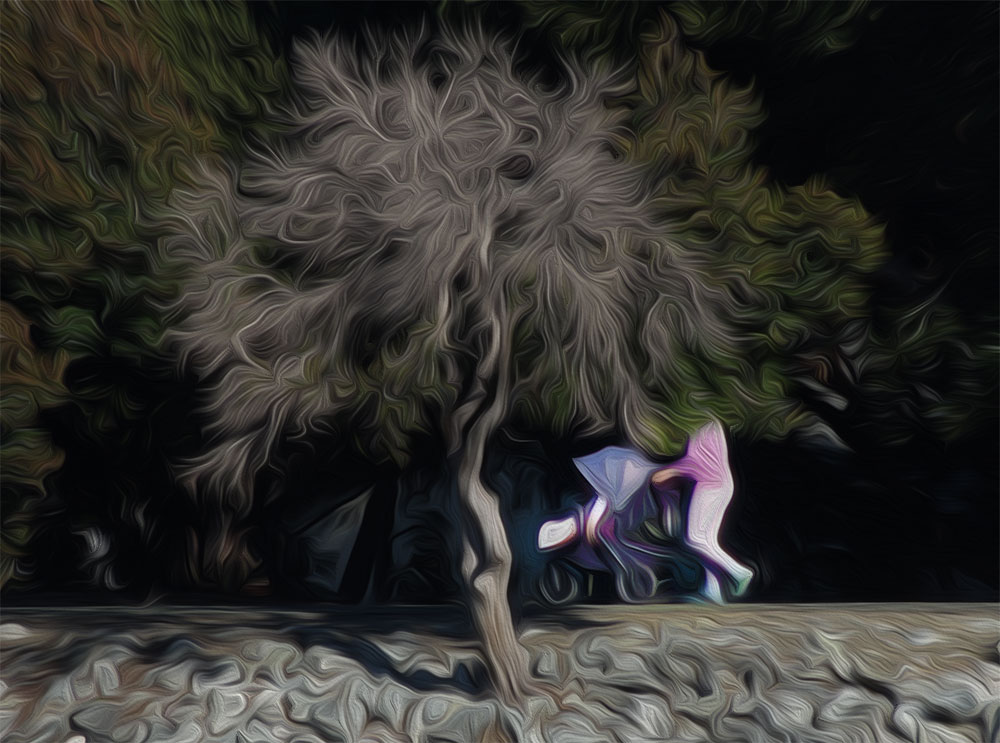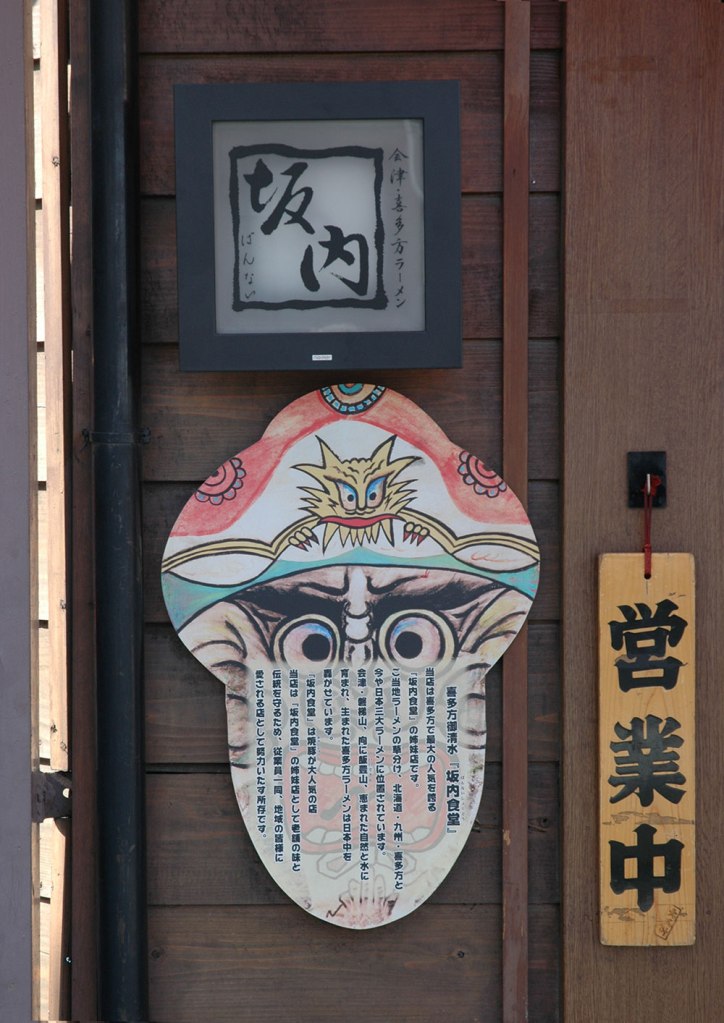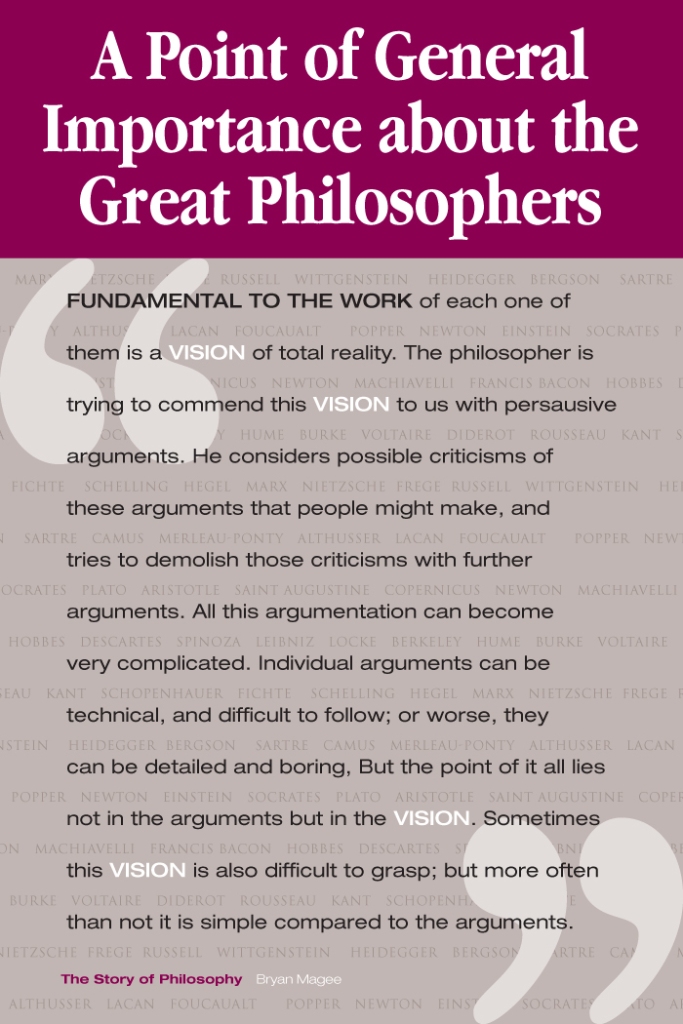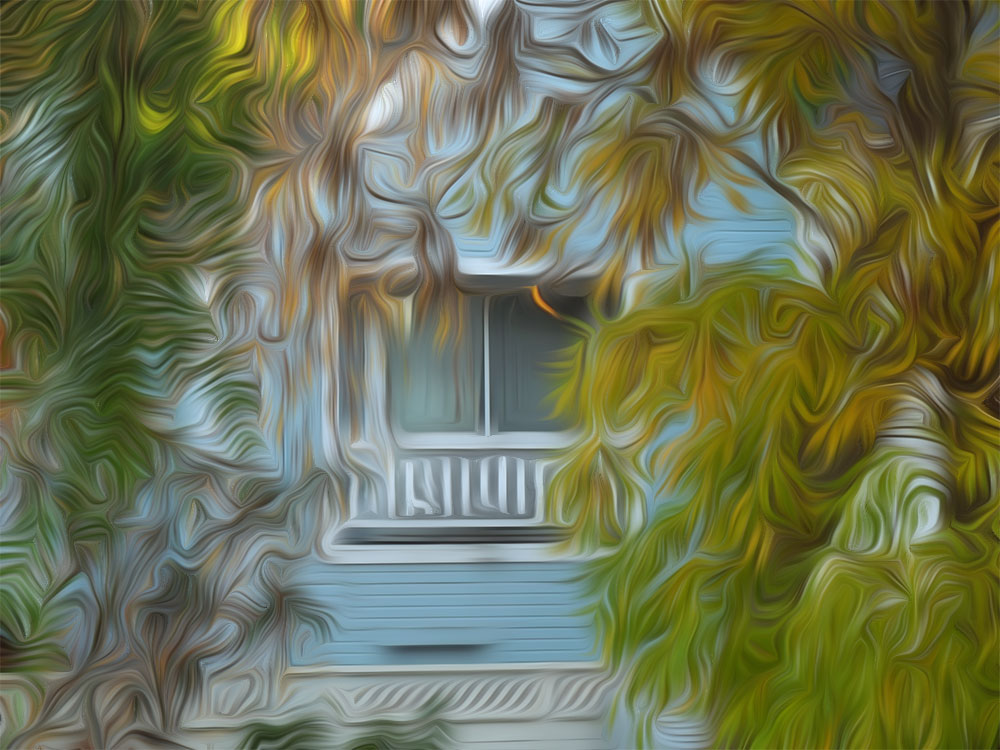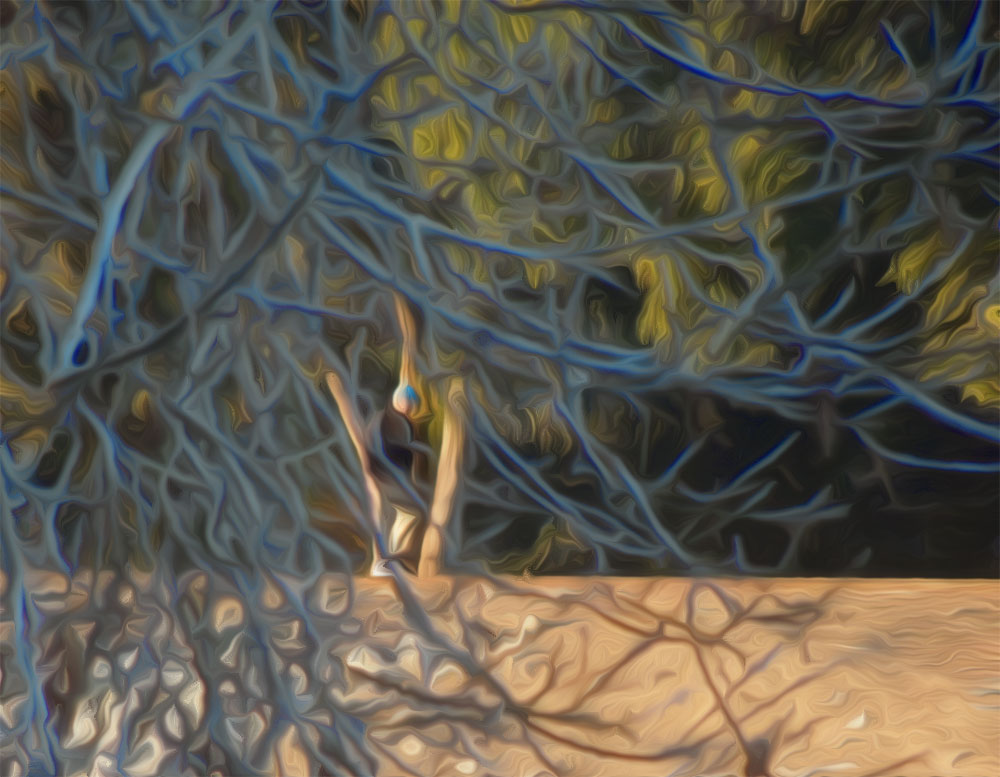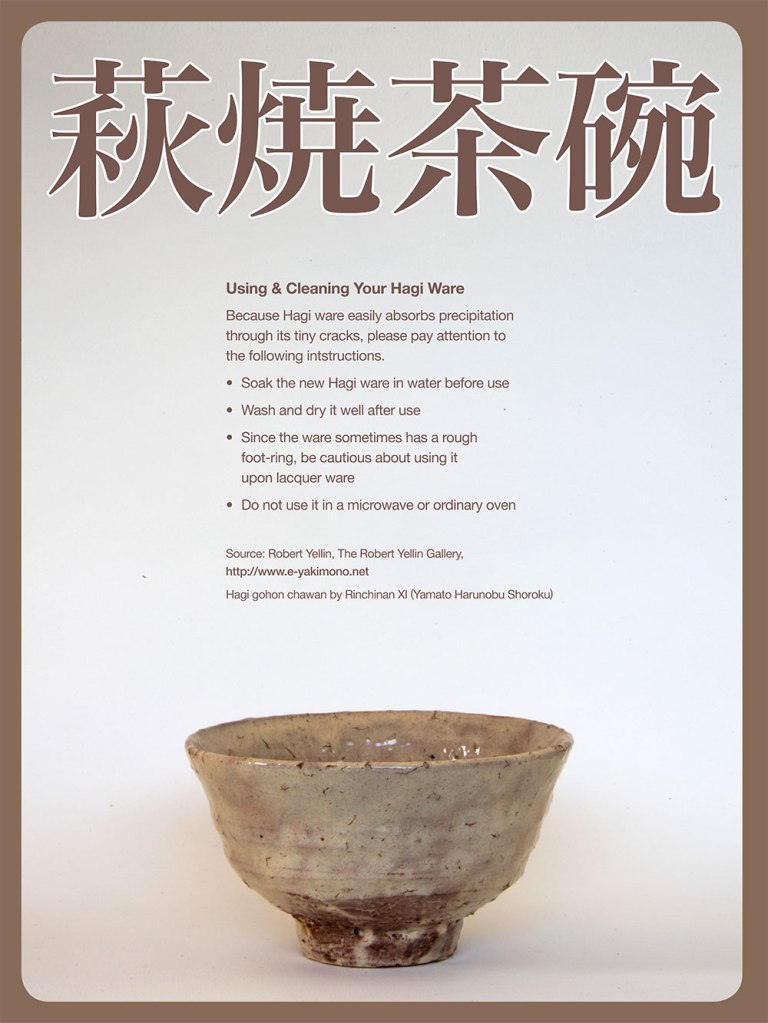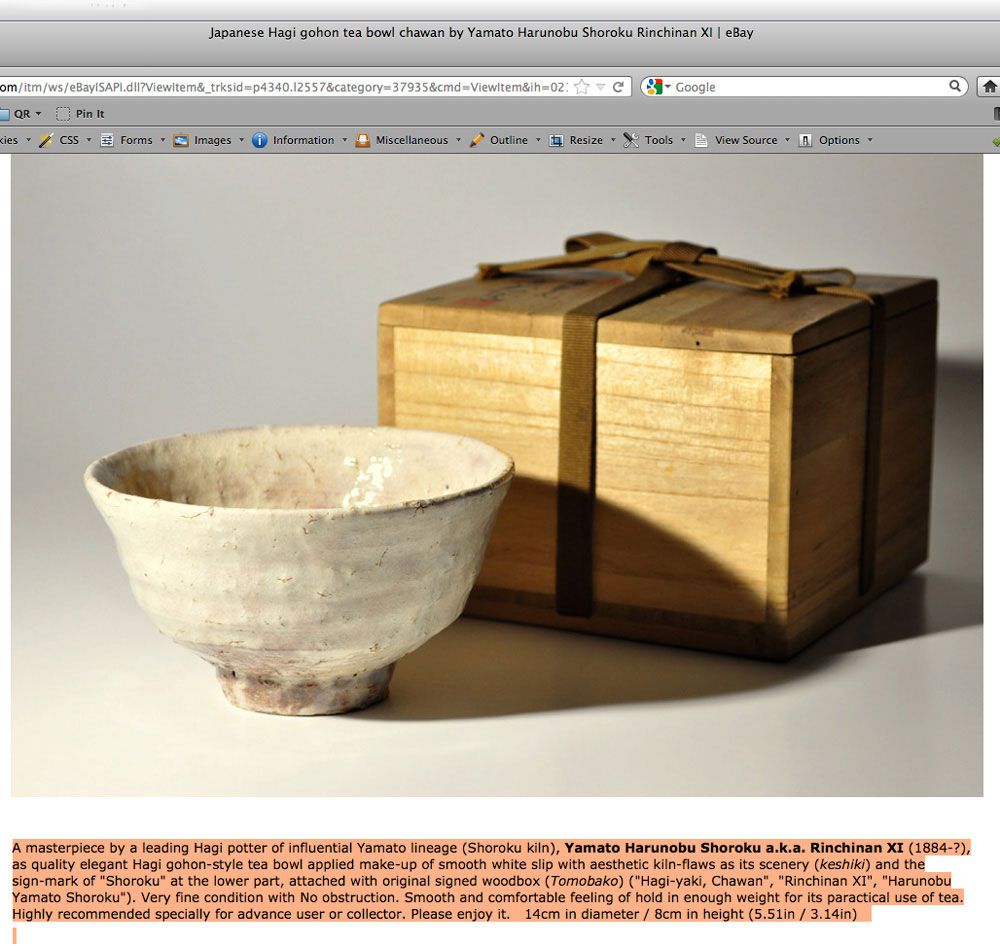To no who you are
My mother had a stroke, lost her memory, and lived in a memory care residential facility .One year I made some images of the residents and the facility sent printed them as holiday cards to send to the family of the respective residents..

I6s hard to know what each person is thinking. Do they really know what is happening? Is “posing for a photograph” something we just naturally do without thinking about it?

Or when they walk away have they forgotten that they posed for a photograph?

These are people who everyday need a caregiver to wipe their butt after pooping.

Even back 12 years ago, investment firms were buying up these memory care residential facilities converting full time care givers to part time, hourly pay minus benefits. and declaring an increase in profits, which generally lead to year end bonuses for upper level management. .Full time care givers, no matter how good a job they did taking care of a resident, the end was the resident dies., and the job was they go on to a next one.

Each of these people has family members that come and visit, more or less. generally they do not know who the visitors are beyond that its the person that regularly shows up, sometimes. The don”t know what time it is,, care givers come to wake them up, dress them, bathe them, take them to the dining room—many can eat by themselves— there is little choice in their lives. . At one time each had a story to tell, each may still have a story to tell, but they cannot remember it.

Alameda Creek
J.Z. Young in Doubt and Connectivity in Science , explains how electricity is not something that is conveyed by or contained in anything, but is something that occurs when two or more bodies inare special positions. Our language derived from phonetic technology cannot cope with this new view of knowledge. We still talk of electric current “flowing” or we speak of the “discharge” of electric energy like the lineal firing of guns. But quite as much as with the esthetic image of painterly power, “electricity is the condition we observe when there are certain spatial relations between things.”
Marshall McLuhn Understanding Media The Extensions of Man
Alameda Creek is a place I can create to nevision a world which is some kind of artistic harmony.

Its not real, nor write or wrong, I have no expectations of it other than fun.

It not like looikng at a stock chart and finding areas of support and resistance ,
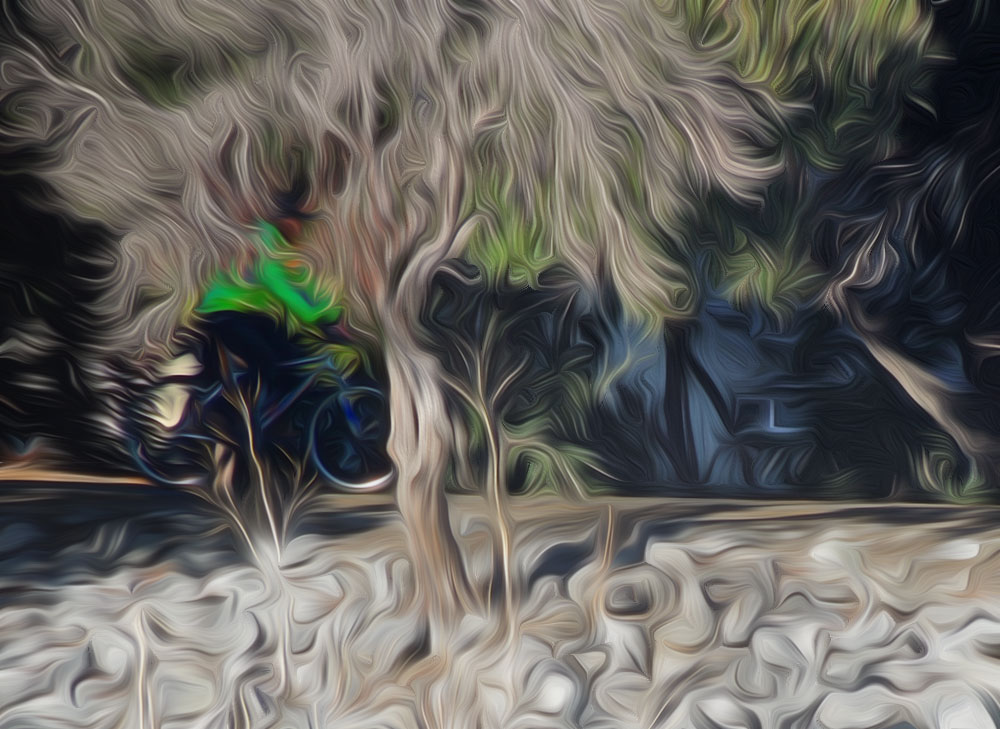
Or waiting for a red light to change to green

Its more like wondering will I do something, that moves someone to smile at me today.

EndPapers
In mid 1960s I was a photographer for the Model Cities project in Toledo Ohio.documenting the various groups and individuals associated with the program. One late afternoon I was in the main office and this couole came in. They had been driving north from Appalachia, hoping to find work. The had no money, and almost no gas in the car, with a backseat filled with McDonalds wrappers and they said they had not eaten or bathed in days. I was in the office , ready to go home, they sat down, began an interview, and I took the photo while I was listening to the interview. I do not know where the negative is, this is a scan of a print, and I I never saw them again, A couple who got in a car, together, no destinantion , no plan, I guess they had faith in each other and they would find a solution together.

My New Year”s card this year, mostly images from along Alameda Creek



